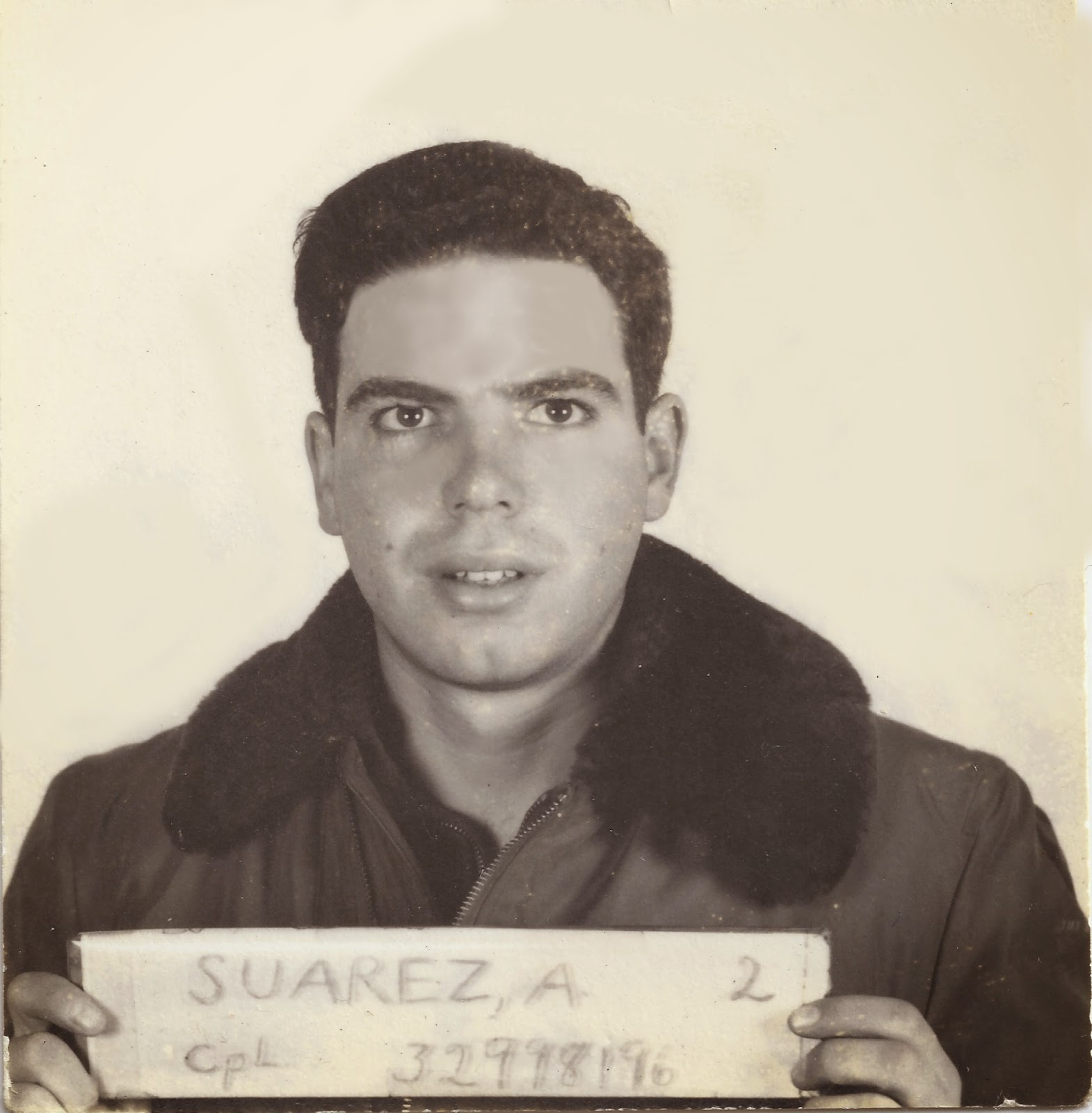Target was the tank factory in Kassel, Germany. Tony's ship flew at the vanguard of the 8th Air Force attack over the city.
Tony's Mission Log entry:
 |
| Kassel Germany, about 400 miles from Sudbury, England |
Although there are only about 400 miles between Sudbury and Kassel, the overall mission can be very lengthy, as assembling a combat wing in the air could take close to two hours. And naturally, the route taken would not be a straight line.
Kassel was the home of the Henschel Tank factory, where the fearsome Tiger Tank was produced.
 |
| Tiger tank hulls on the assembly line at the Henschel factory. |
 |
| A Tiger in the field. The most feared tank in the world at that time. |
This is what the factories in Kassel looked like after the 8th Air Force bombing raids.
I see from the 8th Air Force mission logs that Tony's ship was assigned to "Chaff Duty", which means that they were dropping aluminum sheets to confuse the enemy radar.
Chaff in the air during a raid.
This is what chaff looked like, little strips of aluminum. Nicknamed "Window" by the Brits.

















